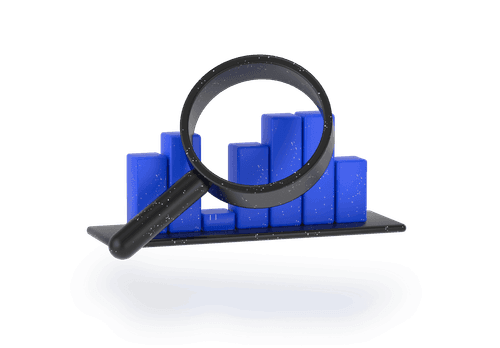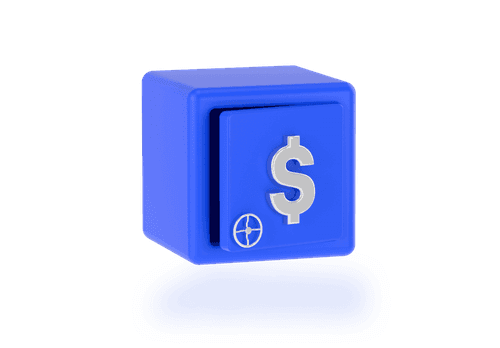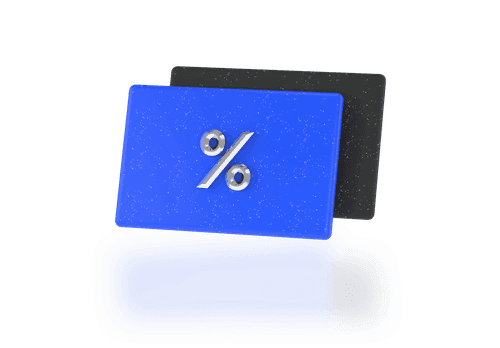Intermediate
Dow Jones, S&P 500, and Beyond: Navigating Stock Indices

The stock market is a complex and ever-changing ecosystem. For investors, staying informed about broader trends is crucial, and understanding stock indices is an essential tool. Iconic benchmarks like the Dow Jones Industrial Average and the comprehensive S&P 500 offer valuable snapshots of the market's overall performance. They act as barometers, reflecting investor sentiment and influencing long-term investment strategies.
Understanding these indices isn't merely a matter of market knowledge – it's about making informed decisions. By recognizing the roles that indices play, investors can gain valuable insights into market movements and make choices that align with their financial goals.
The World's Most Popular Stock Indices
Stock indices have become indispensable tools for investors and market analysts, providing a window into the performance of economies and sectors. These indices aggregate the prices of a select group of stocks, creating benchmarks that reflect the health of particular markets.
Here's a closer look at some of the world's largest and most influential stock indices.
Nasdaq Composite
The Nasdaq Composite is renowned as a symbol of technological innovation and growth in the United States. Established in 1971 by the National Association of Securities Dealers (NASD), it represents the performance of over 2,500 stocks listed on the Nasdaq Stock Market. The index encompasses a wide range of sectors, with a particular emphasis on technology, healthcare, and consumer discretionary. Traded electronically, the Nasdaq Composite has become a benchmark for technology-focused investors and is often associated with high-growth, volatile stocks.
S&P 500 (SPX500)
The S&P 500, launched in 1957 by Standard & Poor's Financial Services LLC, is one of the most widely followed equity indices globally. It comprises 500 large-cap U.S. stocks, representing approximately 80% of the total U.S. equities market by market capitalization. The index spans multiple sectors, including information technology, healthcare, financials, and consumer discretionary. With its diverse constituent base, the S&P 500 serves as a barometer for the broader U.S. economy and is a key benchmark for institutional and individual investors alike. Traded on major exchanges such as the New York Stock Exchange (NYSE) and NASDAQ, the S&P 500 is often utilized as the basis for various investment products, including mutual funds and exchange-traded funds (ETFs).
Dow Jones Industrial Average (DJIA)
The Dow Jones Industrial Average, commonly referred to as "the Dow," has a storied history dating back to 1896 when it was first calculated by Charles Dow and Edward Jones. Initially comprising just 12 industrial stocks, the index now includes 30 blue-chip companies spanning various sectors, including technology, healthcare, and industrials. Despite its name, the Dow Jones Industrial Average has evolved to represent a diverse range of industries, with companies such as Apple, Microsoft, and Boeing among its constituents. Unlike many other indices, the Dow is price-weighted, meaning stocks with higher prices have a greater impact on the index's movements. Traded on the NYSE and NASDAQ, the Dow Jones Industrial Average remains one of the most closely watched indices globally.
Nikkei 225
The Nikkei 225, launched in 1950 by Nikkei Inc., is Japan's premier stock index, comprising 225 blue-chip companies listed on the Tokyo Stock Exchange (TSE). Reflecting Japan's industrial and technological prowess, the index includes major corporations from sectors such as automobiles, electronics, and finance. Despite periodic revisions to its methodology, the Nikkei 225 remains a vital barometer of Japan's economic performance and investor sentiment. Traded on the TSE, the index is closely monitored by domestic and international investors seeking exposure to the Japanese equity market.
DAX (Deutscher Aktienindex)
The DAX, introduced in 1988 by the Frankfurt Stock Exchange, tracks the performance of the 30 largest and most liquid companies listed on the German stock market. Representing a diverse array of sectors, including automotive, pharmaceuticals, and financial services, the DAX serves as the benchmark index for the German equities market. With companies such as Volkswagen, Bayer, and Siemens among its constituents, the DAX reflects the strength and stability of Europe's largest economy. Traded on the Frankfurt Stock Exchange, the DAX is a vital tool for investors seeking exposure to German equities.
Hang Seng Index (HSI)
The Hang Seng Index, established in 1969 by the Hang Seng Bank, is the leading stock index in Hong Kong. Comprising 50 of the largest and most liquid companies listed on the Hong Kong Stock Exchange (HKEX), the index represents various sectors, including finance, real estate, and telecommunications. Reflecting Hong Kong's role as a global financial hub, the Hang Seng Index is closely watched by investors seeking exposure to the dynamic Asian markets. Traded on the HKEX, the index is subject to periodic revisions to ensure its relevance and accuracy in reflecting market conditions.
How to Trade Stock Indices
Trading stock indices requires a solid understanding of market dynamics and the factors influencing index quotes. Here are the main points to consider when trading stock indices:
- Fundamental Analysis: Traders often rely on fundamental analysis to assess the health of the economy and individual sectors represented in the index. Key economic indicators such as GDP growth, unemployment rates, and inflation figures can provide insights into overall market conditions and sector performance.
- Technical Analysis: Technical analysis involves studying historical price and volume data to identify patterns and trends in index movements. Common technical indicators such as moving averages, MACD, and RSI can help traders identify potential entry and exit points.
- Market Sentiment: Market sentiment plays a crucial role in driving index movements. Traders must stay abreast of news and events that could impact investor sentiment, such as geopolitical tensions, central bank announcements, and corporate earnings reports.
- Sector Rotation: Understanding sector rotation can help traders capitalize on shifts in market leadership. By identifying sectors poised for outperformance and underperformance, traders can adjust their portfolios accordingly to maximize returns.
- Risk Management: Implementing proper risk management techniques is essential when trading stock indices. This includes setting stop-loss orders to limit potential losses, diversifying across multiple indices or asset classes, and sizing positions appropriately based on risk tolerance.
- Trading Strategies: Several trading strategies can be employed when trading stock indices, including trend following, mean reversion, and breakout trading. Each strategy has its own set of advantages and disadvantages, and traders must carefully evaluate which approach aligns with their trading style and objectives.
- Long-Term Investing: For investors with a longer time horizon, investing in stock indices through exchange-traded funds (ETFs) or index funds can offer broad exposure to the market with minimal effort. Dollar-cost averaging and rebalancing strategies can help investors navigate market volatility and achieve their long-term financial goals.
- Diversification: Diversifying across multiple indices and asset classes can help spread risk and reduce portfolio volatility. By investing in a mix of equity, fixed income, and alternative assets, traders can build a well-rounded portfolio that is better positioned to withstand market fluctuations.
Trading stock indices requires a disciplined approach and a thorough understanding of market fundamentals, technical analysis, and risk management principles. By incorporating these key elements into their trading strategies, traders can increase their chances of success in navigating the dynamic world of stock index trading.
Our Advantage for Index Trading
Our company nomo empowers you to navigate the world of stock indices with a suite of powerful features and resources. Expand your trading opportunities with access to over 10 major global indices, including the classic Dow Jones and S&P 500 to international benchmarks like the DAX and Nikkei 225. Benefit from the ability to trade in smaller increments with a minimum lot size of 0.1 and utilize leverage to potentially amplify your returns.
Make informed trading decisions with nomo's array of analytical resources. Stay on top of market-moving events with our integrated economic calendar, delve into index-specific research through our academy, and harness both fundamental and technical indicators to sharpen your market analysis.
Why choose nomo for index trading:
- Execute your trades efficiently with tight spreads across our index offerings.
- Enjoy seamless trading execution and comprehensive tools on our user-friendly platform.
- Receive timely assistance from our knowledgeable support team whenever you have questions or need guidance.
We aim to be your preferred partner for index trading. Explore the world of stock indices and expand your trading horizons with us.



















